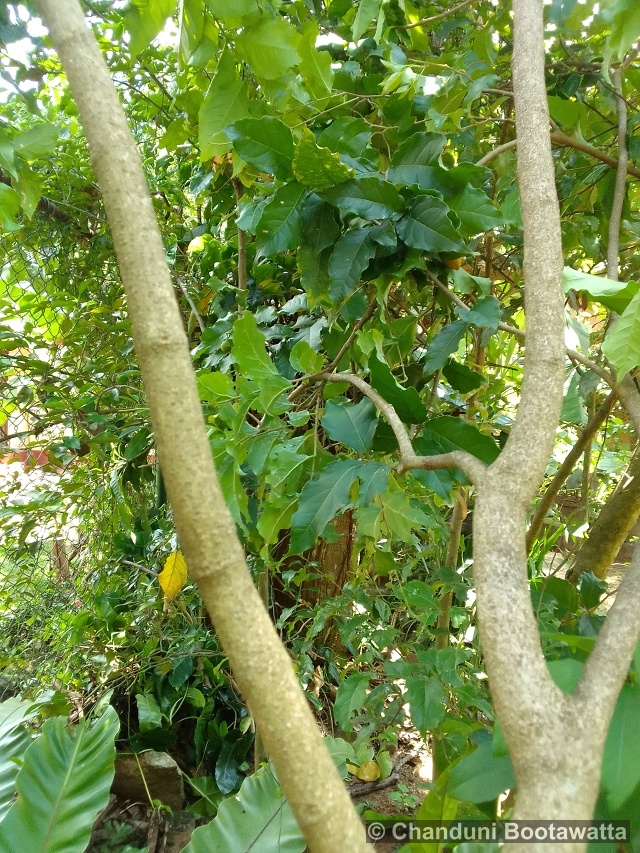Tento příspěvek byl přečten226krát!
Sri Lankan Apricot
Family: Malpighiaceae


Description: It features glossy, silver-green leaves and clusters of small, fragrant yellow flowers that bloom year-round. The plant bears small, round fruits that start green and ripen to a bright yellow hue, resembling peanuts in appearance and offering a sweet, tangy flavor with a creamy texture reminiscent of peanut butter, hence its name. It grows up to 5 meters tall with a slender trunk and smooth, grayish-brown bark.

Substitutions: Bunchosia glandulifera – This species, native to tropical regions of Central and South America, shares similarities with Bunchosia argentea. It produces small, round fruits that are edible and have a sweet flavor. The leaves are glossy and dark green, and the plant is valued for its ornamental foliage and fruit production. – Bunchosia nitida – Native to Brazil and other parts of South America, this species is known for its small, glossy green leaves and small, red berries that are edible. The fruits are tart and are used in local cuisines for making jams and beverages. The plant is also valued for its attractive foliage and is occasionally grown as an ornamental shrub.

Ecology: Bunchosia argentea thrives in tropical and subtropical climates, preferring warm temperatures and high humidity. It requires well-drained, fertile soil with a slightly acidic to neutral pH level. The plant tolerates various soil types, including sandy loam or clay, as long as the soil is well-draining. Regular watering is essential, especially during dry periods, to maintain optimal growth and fruit production. In terms of sunlight, Bunchosia argentea prefers full to partial sun exposure, making it suitable for gardens and landscapes in warm regions where these conditions can be provided.


General Distribution: Distributed throughout tropical and subtropical regions of South America, including countries like Brazil, Bolivia, and Paraguay.(Also in tropical counties like India, Sri Lanka).

Use: Beyond its ornamental value, Bunchosia argentea is cultivated for its delicious edible fruits, used fresh or in preserves and desserts, making it a prized addition in tropical gardens and local cuisines alike.

Author of text and photos: Chanduni Bootawatta.
Photographed in Matale, Sri Lanka on 23/06/2024.




 Poslat emailem
Poslat emailem











